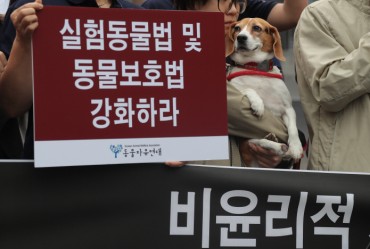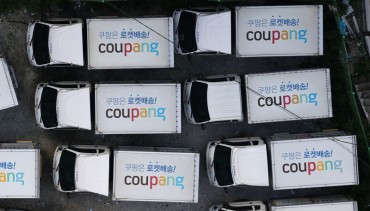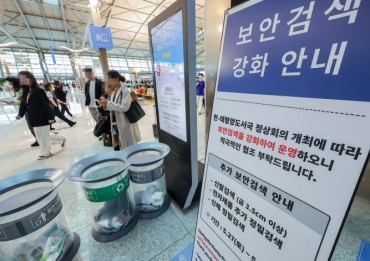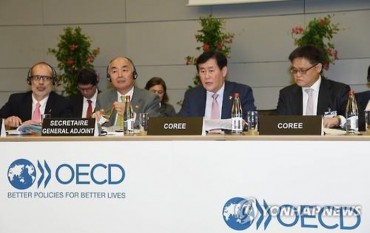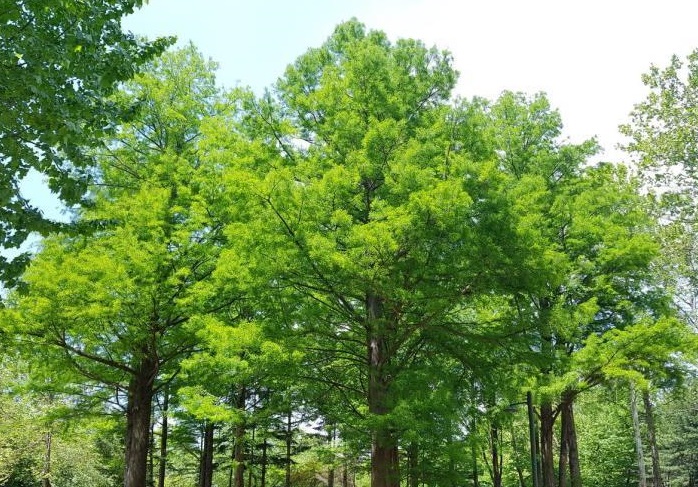
The World Health Organization has recommended that cities provide a minimum of 9㎡ of urban green space for each person. (image: National Institute of Forest Science)
SEOUL, Mar. 13 (Korea Bizwire) – A recent survey showed that Seoul has the lowest availability of urban green space per capita in South Korea.
According to the Korea Forest Service, the urban green space available for each resident of Seoul last year was no more than 4.38㎡, which was the smallest tally among 17 cities and provinces across the country.
Urban green space refers to vegetated or forested areas in cities that exclude natural forests or parks.
Sejong had the highest availability of urban green space at 24.22㎡ per resident, the largest in the country, followed by Gangwon Province (19.73㎡), North Jeolla Province (18.56㎡), South Jeolla Province (17.97㎡) and Ulsan (17.87㎡).
Seoul, along with Gyeonggi Province (7.69㎡) and Incheon (8.23㎡), had the least available urban green space for residents. All are located in the Greater Seoul Metropolitan Area.
On top of being some of the most highly populated areas, these cities have gone through urban redevelopment, which has further undermined the availability of urban green space.
Shrinking urban green space was particularly severe in Seoul. For instance, the urban green space available for each resident of Seodaemun District in Seoul was 5.07㎡ in 2015.
By late 2017, however, it had dropped to 0.86㎡, making Seodaemun the worst district among local governments across the nation in terms of the availability of urban green space.
Among local governments, Uiryeong County in South Gyeongsang Province had the largest availability of urban green space for each resident at 159㎡ per person.
The World Health Organization has recommended that cities provide a minimum of 9㎡ of urban green space for each person.
“Major cities in South Korea are way behind Paris (13㎡), New York (23㎡), London (27㎡) and other cities around the world,” said Rep. Kim Byung-wook of the ruling Democratic Party.
“We need to come up with ways to populate more areas with trees and plants if we can’t expand the size of the city itself.”
Lina Jang (linajang@koreabizwire.com)



